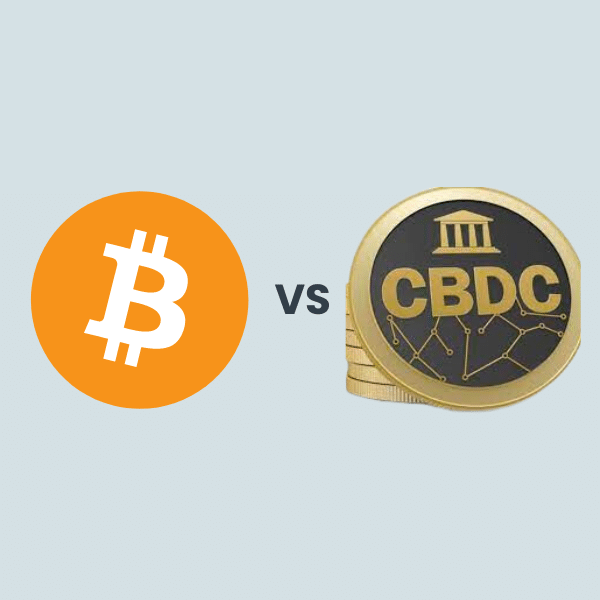The Battle for the Future of Money
As governments around the world explore Central Bank Digital Currencies (CBDCs), a big question looms—could these state-backed digital currencies replace Bitcoin? While CBDCs promise stability and regulation, Bitcoin thrives on decentralization and financial freedom. In this post, we’ll break down the key differences, explore their potential impact, and see whether CBDCs truly have what it takes to dethrone Bitcoin.
What Are CBDCs?
CBDCs are digital versions of a country’s fiat currency, issued and regulated by a central bank. Unlike cryptocurrencies, they are not decentralized. Governments and financial institutions are pushing for CBDCs as a way to modernize the financial system, improve transaction efficiency, and combat illicit activities.
Some countries, like China with its digital yuan and the European Union’s digital euro project, are already testing CBDCs in real-world applications. The appeal? Faster transactions, reduced costs, and more control over monetary policy.
How Are CBDCs Different from Bitcoin?
Centralization vs. Decentralization
CBDCs are fully controlled by central banks, whereas Bitcoin is decentralized and operates on a peer-to-peer network.
Privacy
Bitcoin transactions are pseudonymous, while CBDCs could be designed to track every financial move, raising concerns about surveillance.
Monetary Policy
Bitcoin has a fixed supply of 21 million coins, making it deflationary. CBDCs, like traditional fiat currencies, can be printed at will, leading to potential inflation.
Use Cases
CBDCs are meant for everyday transactions, replacing cash and improving financial inclusion. Bitcoin, on the other hand, is often seen as digital gold—a hedge against inflation and a store of value.
Will CBDCs Kill Bitcoin?
Unlikely. Bitcoin’s strength lies in its independence from governments and banks. While CBDCs might replace cash and traditional bank deposits, they don’t offer the financial sovereignty that Bitcoin provides. In fact, the rise of CBDCs could make Bitcoin even more attractive to those who want an alternative to state-controlled money.
That said, CBDCs might change how Bitcoin is used. Governments could implement regulations that make it harder to transact with Bitcoin, pushing it further into the realm of an investment asset rather than a currency for daily use.
The Future: Coexistence or Competition?
Instead of replacing Bitcoin, CBDCs and cryptocurrencies may coexist, serving different purposes. CBDCs could dominate mainstream transactions, while Bitcoin remains the go-to asset for financial independence.
For now, Bitcoin isn’t going anywhere. If anything, the increasing interest in digital currencies only validates the need for decentralized alternatives. The question isn’t whether CBDCs will replace Bitcoin—but how they will shape the future of money together.

